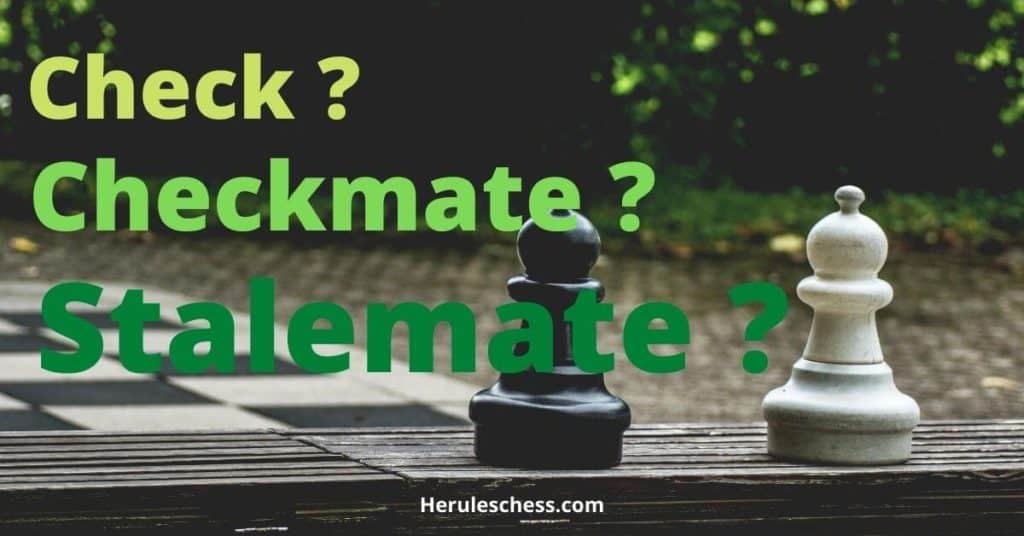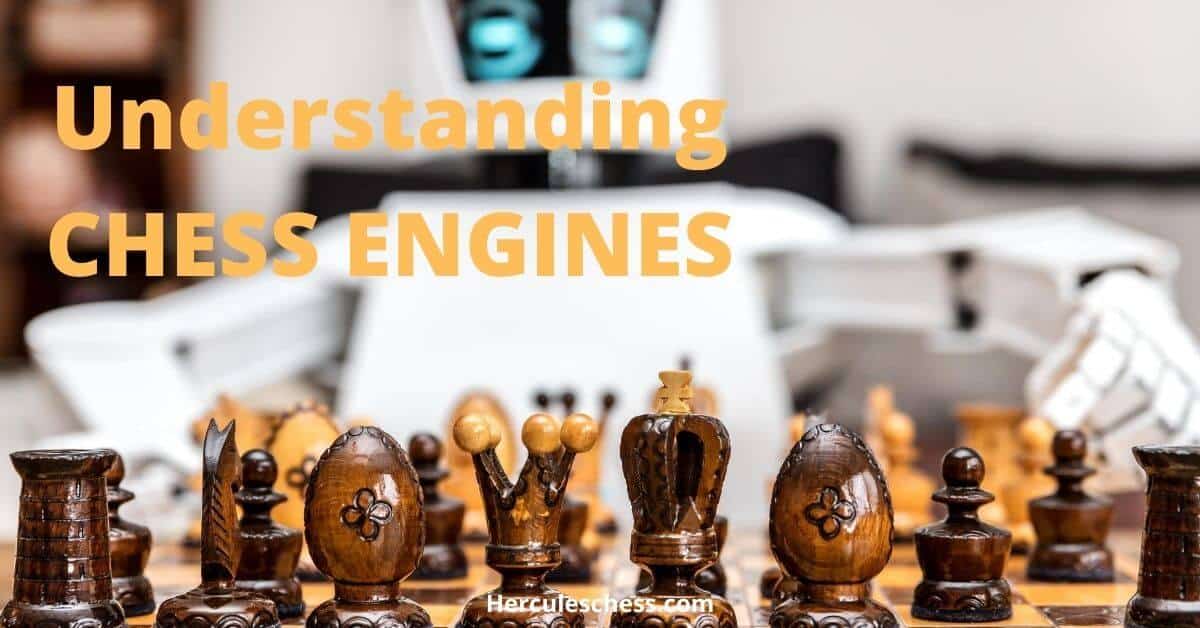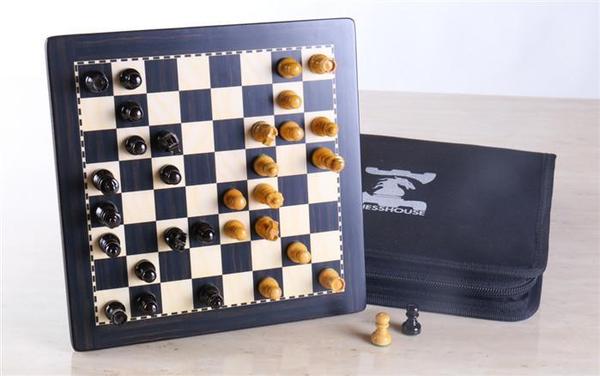It is important that beginners understand the difference between check and checkmate. It is obvious that “check” and “check mate” are not the same thing. These are two different terms and are not to be confused with each other. It is safe to say that the check precedes the checkmate. A check is when the opponent’s king is in danger. You have challenged the king and there is a chance for the king to move to another space.
You have to warn the opponent by saying check. This is the sign that the king needs to be moved to a safe spot. Initially, beginners will not make this call and decide to take down the opponent’s king. This is wrong, as your opponent needs to be warned about the impeding danger. The opponent must then move his or her king to safety.
On the other hand, a checkmate is one where the game is over. No matter where the king is moved, he is always in danger. This signifies the end of the game. You are supposed to say, “checkmate” and signify that the game is over.
Example of Check

The white bishop is threatening to capture the Black king as indicated with the green arrow. Black can easily defend the attack by moving his Knight to the d7 square as indicated with the red arrow.
Example of Checkmate

The White Queen is threatening to capture the Black King. Unfortunately the Black King has no legal squares to escape the threat nor pieces to defend it. It’s checkmate!
Don’t stink at chess by going stale!
Chess is a riveting but a complicated game. With lots of practice, one can learn some very interesting and effective strategies like the Ruy Lopez and the Sicilian defense, but it also has a steep learning curve for beginners so it is important to prepare for failure and figure out ways to put the game into a drawn state when ones sees the possibility of losing.
There are six ways in which a game of chess can end up in a draw, which are Perpetual check, insufficient mating material, Repetition of moves, fifty move rule, draw by agreement and last but not least, and the one we will focus on in this article, the stalemate!
Stalemate is a situation in chess where in, the king is not in check and the chess player cannot make a legal move. A stalemate ends the chess game and the result is a draw. This happens frequently in the endgame, when there are not many pieces on the board/ Stalemate is a draw in normal chess, however, there are different chess variants, historical as well as modern, in which stalemate is not considered as a draw.
Example of Stalemate

It’s Black to move and the game is stalemated (draw). This is because the Black King has no legal squares to move to. If it steps over onto the squares marked with red circles, it will be captured on the next move.
Related Post: 5 types of draws in chess
Ancient versions of chess like as Shatranj announce the player who leads to a stalemate as the winner. Even in this age, many people have called out to return to this same rule. Remember that there is a very small chance for the player having a losing position to avoid a loss this way and draw a game. Stalemate succeeds only if the opponent is not very attentive to your next moves.
Reasons for getting into a stalemate
The answer is quite artless. When your opponent has the lead and you sense strongly that you cannot win, then it would be in your greatest interest to do your best to end the game in a stalemate. A few ways to get the game into a stalemate are:
Move your king into a place where it cannot move. Then sacrifice all your other pieces in a manner where they must be taken. Then, BOOM! You’ve stalemated and game ends in a draw.
In addition, if the game truly dwindles down to virtually no pieces being left less the two kings and one pawn, then you can choose to end game by a simple technique illustrated below. Practice the below scenario and find the trick to always end the game in a stalemate if you were the black player.
(The above diagrams show a classic stalemate strategy for the Black player. If you find yourself in similar situation to the diagram above, use it to your advantage and have the match conclude in a draw rather than a defeat.)
Now, if you are on the other side of the table, your intention must be to avoid getting a stalemate by your opponent. And there is just one strategy to do this, simply look to see whether your opponent’s king or one of his/her chess pieces can still move AFTER you have made your next move.



